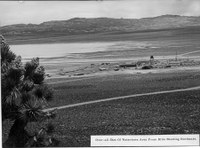

On August 1, 1955, a prototype of the U-2 spy plane sped down a runway at Groom Lake in Nevada, and its massive wings quickly lifted it into the sky. But that wasn't exactly how it was supposed to go.
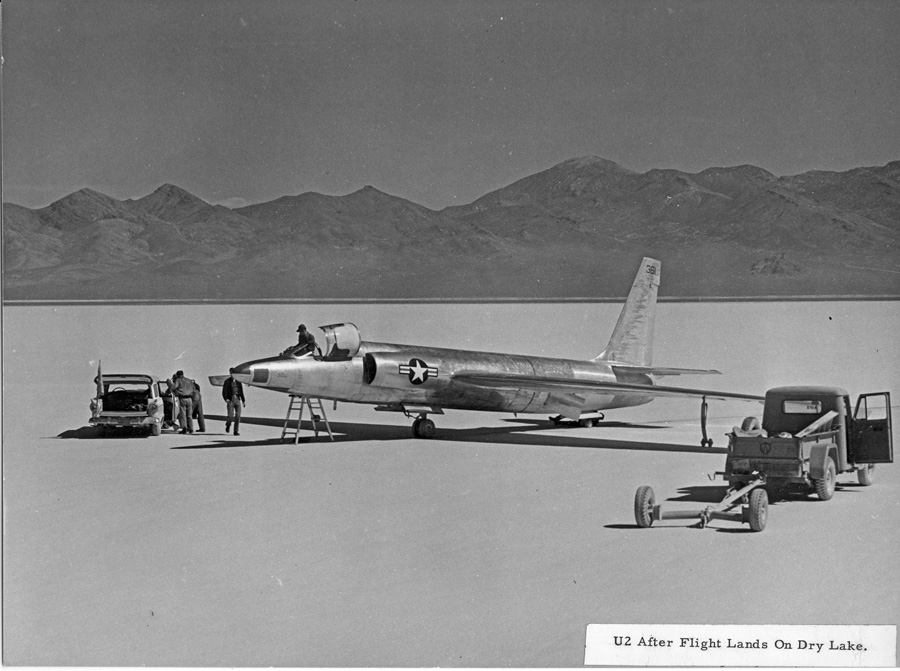
No, it was planned for a high-speed taxi test, but"Article 341’s" highly efficient wings pulled it into the air unexpectedly. The plane's first flight was not scheduled until August 4th.
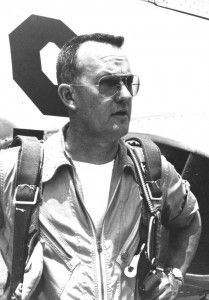
On that 1st day of August 1955, Lockheed’s* legendary test pilot, Tony Levier, was conducting taxi tests in preparation for the planned first flight a few days away, when at 70 knots the U-2 unexpectedly became airborne. This surprised Levier as he struggled to get the U-2 back on the ground. He was unable to land on the first attempt, in as the U-2 bounced back into the air. LeVier’s second attempt to land was successful. Upon touchdown on the hard-dry lakebed, the U-2’s tires blew out with the brakes catching fire. A strut was leaking. The damage was not severe with Tony Levier back in the air on August 4th.
LeVier said, "I had no intentions whatsoever of
flying. I immediately started back toward the ground, but had difficulty determining my height because the lakebed had no markings to
judge distance or height. I made contact with the ground in a left bank of
approximately 10 degrees.”
Lockheed’s* designation for the proposed aircraft was CL-282. Its fuselage essentially came from the XF-104 Starfighter with its tooling that could also be used for building that new aircraft. The reconnaissance airplane was produced under the code name Operation AQUATONE. Groom Lake is better known as Area 51. The 67-year history of the U-2 is long, complex, and amazing. Since its first flight in 1955, the U-2 has provided vital intelligence to decisionmakers at the strategic, operational, and tactical levels of war. Along the way the U-2 program has seen tremendous changes to its airframe and technology.
U-2 Dragon Lady Today
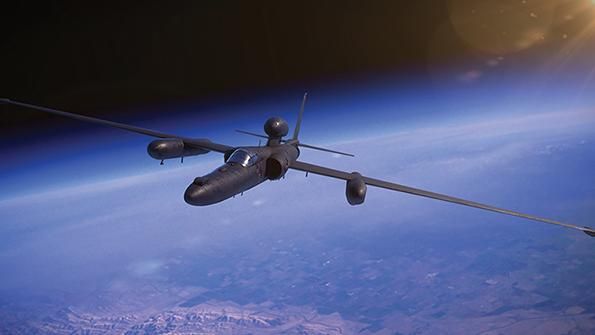
Today the Lockheed* U-2 S-Model is a single-seat, single-jet engine aircraft, used for high-altitude intelligence, surveillance, and reconnaissance. Over the last sixty-seven years, the U-2 has been modified, redesigned, and rebuilt. Currently, the U-2S, is the Air Force’s only manned, strategic, high-altitude, long endurance ISR platform and is capable of SIGINT, IMINT, and MASINT collection. The aircraft’s modular payload systems allow it to carry a wide variety of advanced optical, multispectral, EO/IR, SAR, SIGINT, and other payloads simultaneously. Its open system architecture also permits rapid fielding of new sensors to counter emerging threats and requirements.
The U-2 connects with the Air Force Distributed Common Ground System (AF DCGS), that is the Air Force’s primary intelligence, surveillance and reconnaissance (ISR) collection, processing and exploitation, analysis and dissemination system.
In closing, the U-2S is operational worldwide with GE F118 engine, state of the art sensors, glass cockpits, and a service life that could reach into the 2040’s or more. Since the U-2 is still flying, the exact altitude is classified. The U-2 flies so high that the pilot must wear a full pressure suit (space suit). Today’s U-2 pilot can only admit to 70,000 feet. Today's U-2S serves as the most capable, reliable, and survivable ISR platform available. According to Lockheed Martin the U-2S has 75 percent service life remaining. We can estimate that it is operationally capable to fly beyond 2040.
Tony LeVier, who passed away in 1998, would be proud to know of the continuing legacy that he was instrumental in "getting off the ground."
Posted by U-2 Pilot Chuck Wilson shown here returning from a 9-hr mission at an undisclosed location in the Middle East in 1987
You can act
now to help us preserve Cold War History by making a donation to The Cold War
Museum® at this link: DONATE TO YOUR COLD WAR MUSEUM
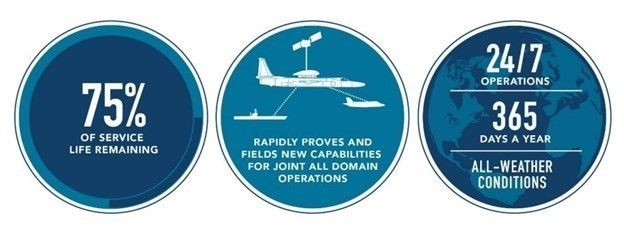

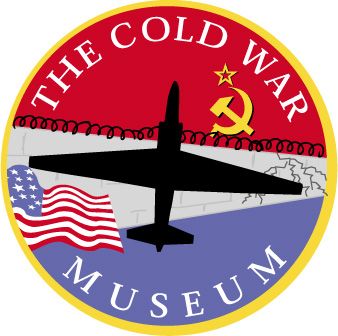 Founded in 2001, by Francis Gary Powers, Jr., son of the famous
U-2 Pilot, The Cold War Museum® is a 501(c)(3) charitable
organization dedicated to education, preservation, and research on the
global, ideological, and political confrontations between East and West from
the end of World War II to the dissolution of the Soviet Union.
Founded in 2001, by Francis Gary Powers, Jr., son of the famous
U-2 Pilot, The Cold War Museum® is a 501(c)(3) charitable
organization dedicated to education, preservation, and research on the
global, ideological, and political confrontations between East and West from
the end of World War II to the dissolution of the Soviet Union.
